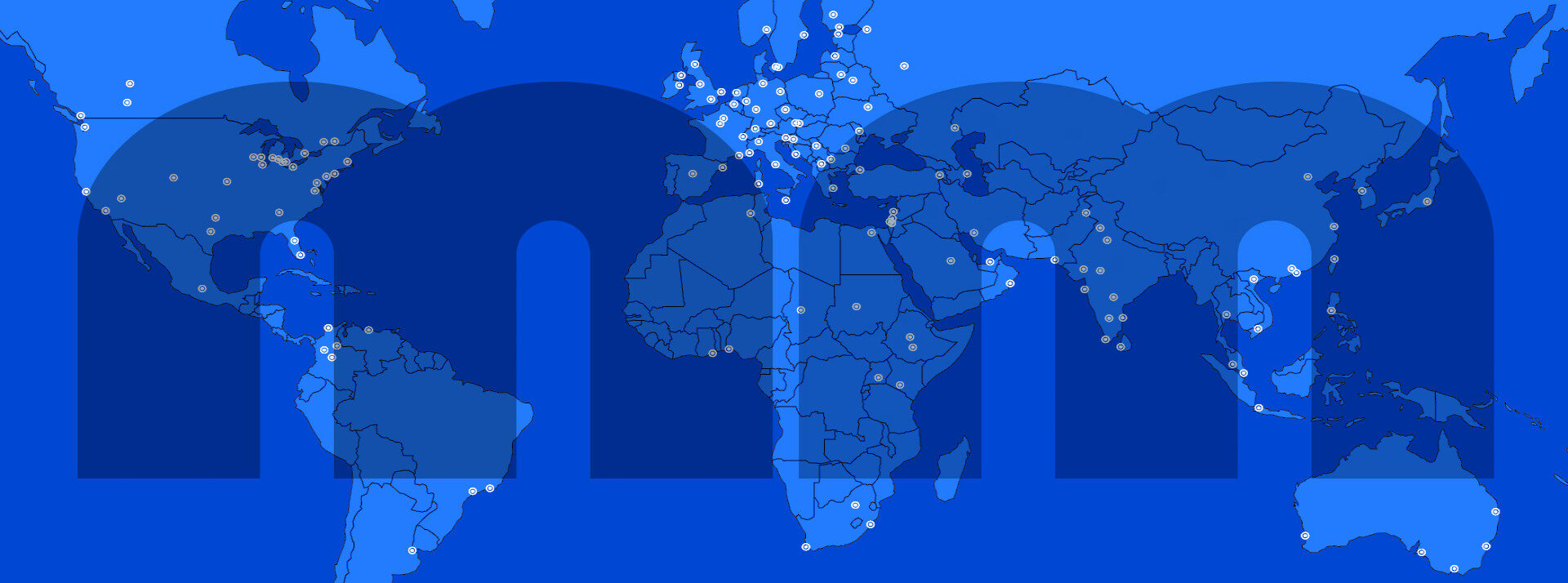Rural India is about to embrace Enterprise Mobility
Posted on: January 10, 2012 – Filed under: Bangalore
Believe it or not, but India is making progress at grass roots with clever and innovative use of the mobile phone. Slowly yet steadily, the mobile phone has invaded more and more aspects of the life of the rural populace. What began as a medium for affordable entertainment, thanks to ring tones and “Bollywood” the mobile phone is now making serious inroads in the livelihood of people’ lives.
Focus area – The women’s Self Help Groups (SHGs) in India:
The women SHGs in rural India are involved in livelihood activities that include production of items from locally and often naturally available raw materials. However, these products are typically subjected to abuse by local monopoly buyers; thereby causing an information gap in terms of branding knowledge as well as lack of access to potential non-immediate neighborhood markets. Consequently, challenges such as lack of knowledge of market requirements, scaling, lower profitability result in eventual unviability of the production activity.
Despite previous attempts by several entities to solve the problem through the web, the issues related to computer literacy, internet connectivity, access to computer hardware, adequate electricity have been prime reasons a to why the gaps continue to remain.
However, recent efforts by both forward looking companies and the government is aiming to bring in some much promised change and solve the problems by innovative use of the mobile phone.
Case example – A proposed solution from Sasken Communication Technologies Ltd – VyapaarSEWATM “Enterprise Mobility for the next billion lives” In order to break the insularity of the rural self help groups, a mobile phone in the hand of every “producer” women now-connected to a distant and geographically separated community of women who were engaged in the “selling” of their products.
Managed through a mobile value added services communication platform, the rural producers from women groups in the South of India were instantly connected to groups of “seller” women from the North of India. Operating in the urban markets, these women seller groups were now selling products made by their counterparts in the South.
How did this all come about?
The mobile phone and the mobile value added services platform solved 3 keys challenges:
a. Accessibility – Mobile being ubiquitous, allowed the producer women to access the value added services platform at a time when they were free – right from the back yard of their rural homes – a place where most self help group production occurs!
b. Language Support – Through an Interactive Voice Response system, the women are easily able to interact in a “language of their choice” and manage business functions such as: updating inventory, checking orders, accepting orders entered by far away selling groups, check for payment status etc.
c. Personalization – Since a mobile phone and it’s MSISDN also act as a proxy for the user of the phone, the mobile value added service platform is able to distinguish and differentiate various users and present only relevant interfaces and information that is applicable.
Government support and subsidy – Department of Telecom – Sanchar Shakti Scheme
Under the Sanchar Shakti Scheme, the Department of Telecom’s Universal Service Obligation Fund proposes to launch several pilots under a subsidy model. Companies from the private sector have partnered with the government and other funding agencies to conduct several proof-of-concepts and are now ready to launch pilot services during 2012.
It is notable that some of these services – many of whom have had successful proof of concepts (including Sasken’s VyapaarSEWATM) are to be launched at a National Level Function on the eve of the International Women’s Day. More power to the rural Indian women – thanks to the mobile phone!
— Setlur Raghavan Raja
The author is a co-founder at Mobile Monday Bangalore – A registered not for profit organization. Views are personal.
References:
http://usof.gov.in/usof-cms/home.jsp
http://usof.gov.in/usof-cms/gender.htm
Eagle, N., Macy, M., and Claxton, R. (May 2010). Network Diversity and Economic Development, Science, 328, 1029-1031.
Rameshkumar Ramanujam and Sridhar, V. (2012). VyapaarSEWATM – A Business Service Platform for Improving the Livelihood of Rural Women Self-Help Groups. In Proceedings of the Sixth annual workshop on Wireless Systems: Advanced Research and Development – WISARD 2012. Bangalore, India, Jan 3-4, 2012 (978-1-4673-0298-2/12@2012 IEEE).
Sridhar, V., Setlur, R., Gaikwad, S., Vaadhol, S. (2010). A Study on the Provisioning of Group-Based Rural Mobile Services. Funded by the Indian Institute of Management Ahmedabad (IIMA) IDEA Telecom Centre of Excellence, India. Available at:
http://www.iitcoe.in/index.php?option=com_docman&task=doc_details&gid=180&Itemid=20

